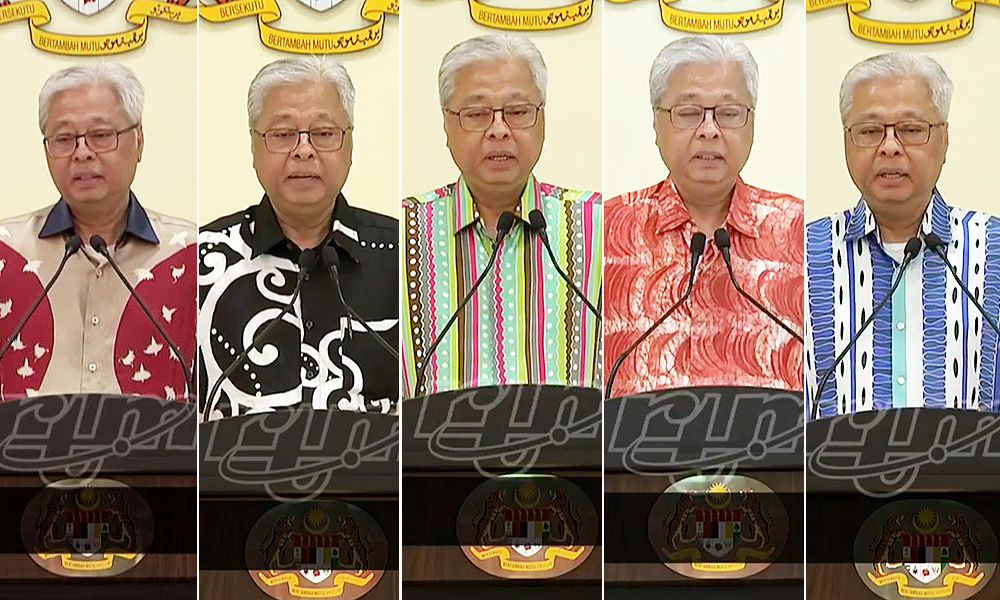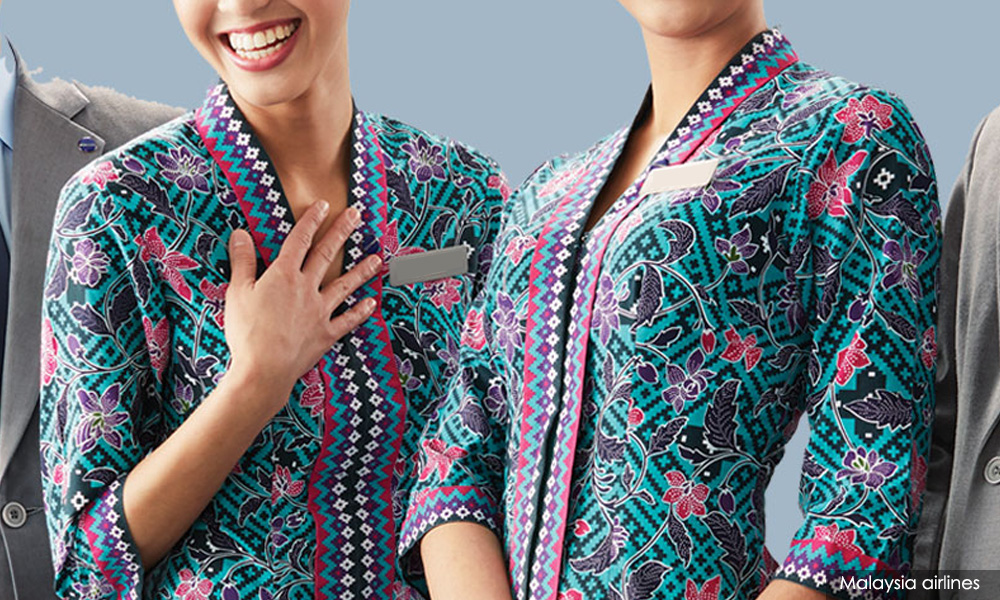When our Prime Minister Ismail Sabri Yaakob announced on Dec 1 that Dec 3 was going to be the annual Malaysia Batik Day from this year on, my mind drifted back to the early days of the first MCO when he was known as being a fashionista in his own right.
As the then defence minister, Ismail Sabri made daily announcements on how many new Covid-19 cases were reported, how many deaths, how many localities were going to be under lockdown, etc.
He did it all wearing the most eye-catching shirts ever seen on television.
So, if Ismail Sabri is now pushing Malaysian batik to the forefront, I can’t think of a better male model.
During his speech that was aired over TV1 and social media, he said the move is in line with the Keluarga Malaysia concept, whereby people of all races unite in donning the uniqueness and beauty of local batik.
It will serve as a catalyst to strengthen the local batik industry.
I have a long love connection with batik. As a child, I recalled how men like my father would wear a batik shirt with pride. It was something brought out for formal occasions and they were not cheap.
They would purchase the material from the tailor who would then stitch the shirt based on the client’s measurements. My father still wore batik for formal occasions and still had a couple of batik shirts in his cupboard until the day he died.
Like many others from my generation, I moved on to other kinds of prints, depending on what fashion dictates, and batik was relegated to something your parents or grandparents wore.
Three-piece designer suits became the norm for formal events. We even had a former minister who was well known for his designer suits.
Batik ended up becoming popular as uniforms in various corporations, especially the service industry.

I still recall the late Endon Mahmood Ambak, wife of former prime minister Abdullah Ahmad Badawi, who tried to promote batik through various campaigns before her death.
Batik enjoyed a recent resurgence with people like Berjaya Corp Group CEO Jalil Rasheed wearing batik and encouraging his employees to do the same.
In Parliament, MPs can be seen donning batik attire on Thursdays.
Now, with the prime minister’s announcement, batik might regain its appeal among the masses.
However, Malaysian-made batik is not cheap and not as easily found as Indonesian batik that can be seen everywhere.
Unesco added Indonesian batik to the Intangible Cultural Heritage List in 2009. It was a huge deal in the country, for batik is part of their daily lives.
From the moment of birth (babies were wrapped in batik) to death (bodies are also wrapped in batik), batik played a significant role in their lives. Batik never went out of style in Indonesia and their leaders always wore them with pride at international events.
Throughout the MCO, many of us wore Indonesian batik outfits as we toiled behind our computers instead of regular office wear.
Why Indonesian batik? Well, they are cheap and comfortable.

Across the causeway, Singapore’s national carrier put batik on the world map with their iconic Singapore Airlines uniforms.
While the Malaysian Airlines uniforms also use batik, it was never promoted or celebrated the way Singapore Airlines’ was.
If Malaysian batik can reinvent itself as something to be worn for formal and informal occasions, there will be far more takers.
As it is, civil servants are now told to wear batik on Thursdays. By forcing people to wear something on certain days, it becomes an attire akin to a uniform. We wear it because we have to.
The best way to promote batik is to make people embrace it willingly. What we need is to make Malaysians fall in love with batik all over again.
A good campaign might help. But at a time when people are struggling to make ends meet and the pandemic going on, perhaps “forcing” them to fork out more money for clothes may not be the best idea.- Mkini
INDRA SATHIABALAN is a member of the Malaysiakini Team.




No comments:
Post a Comment
Note: Only a member of this blog may post a comment.